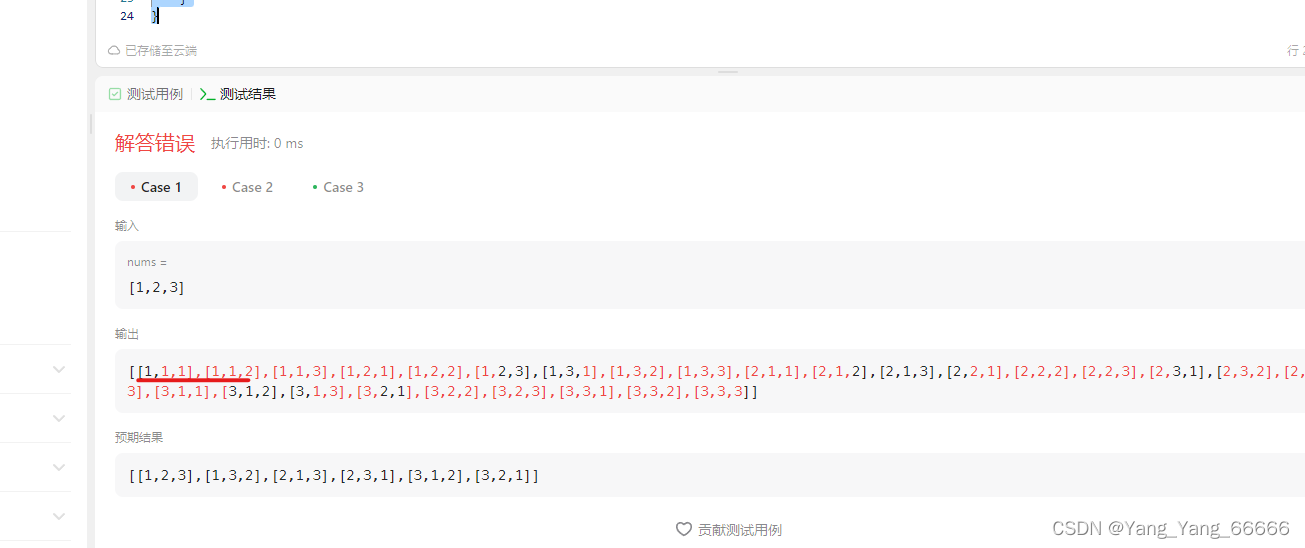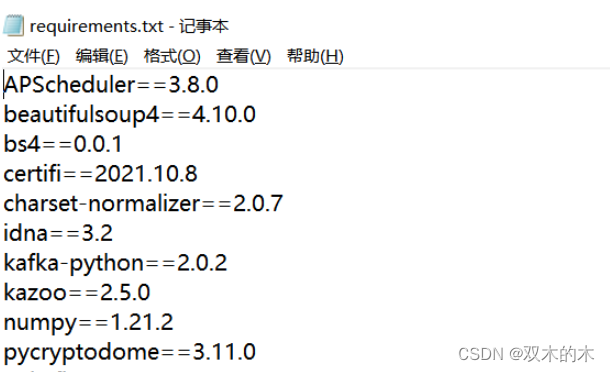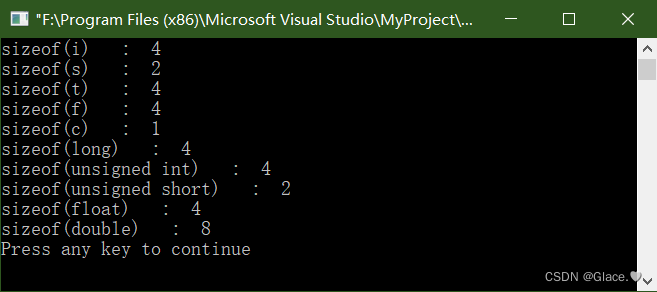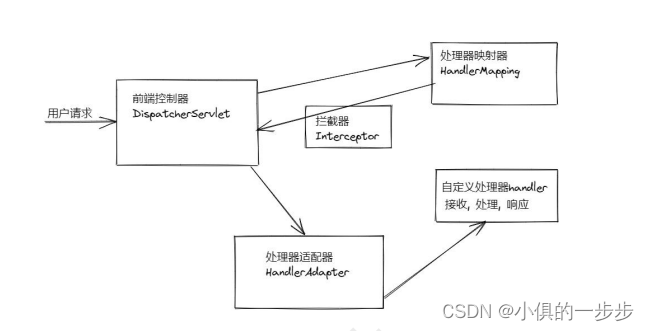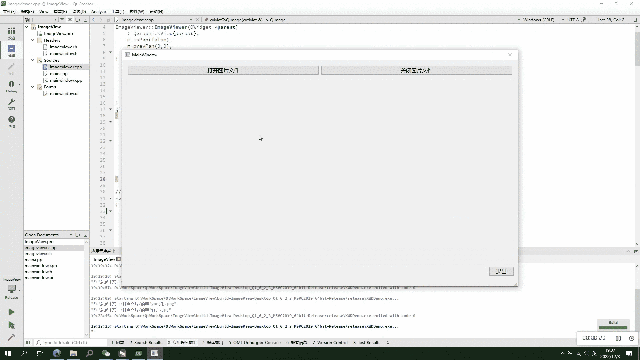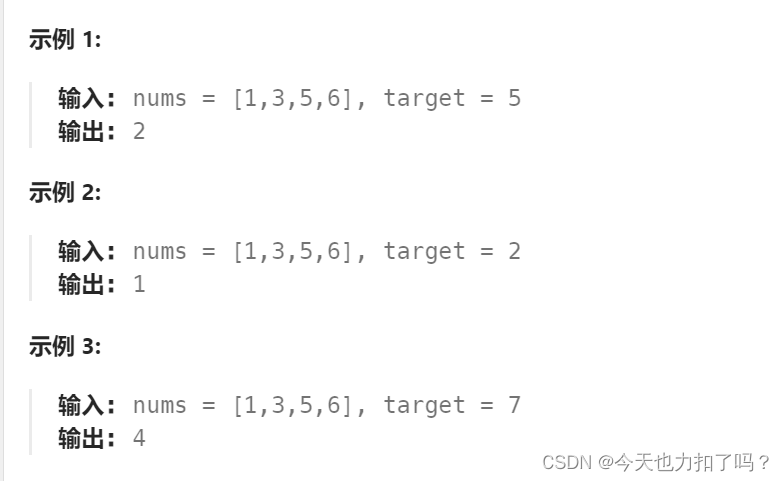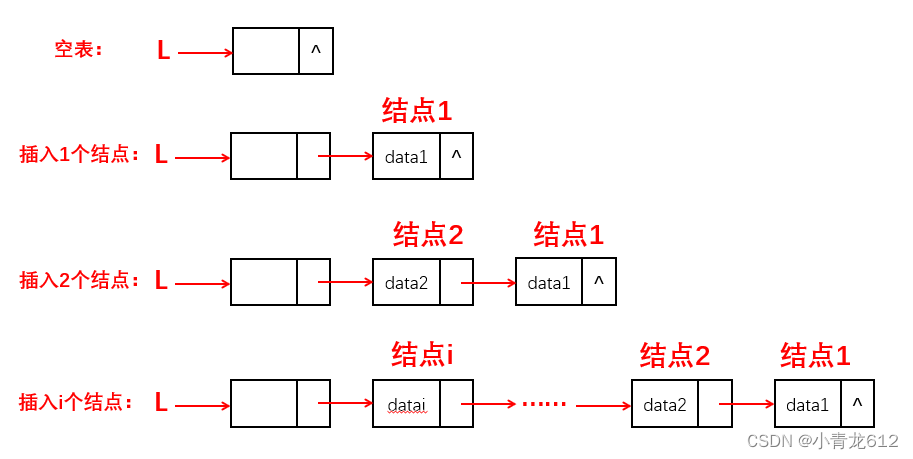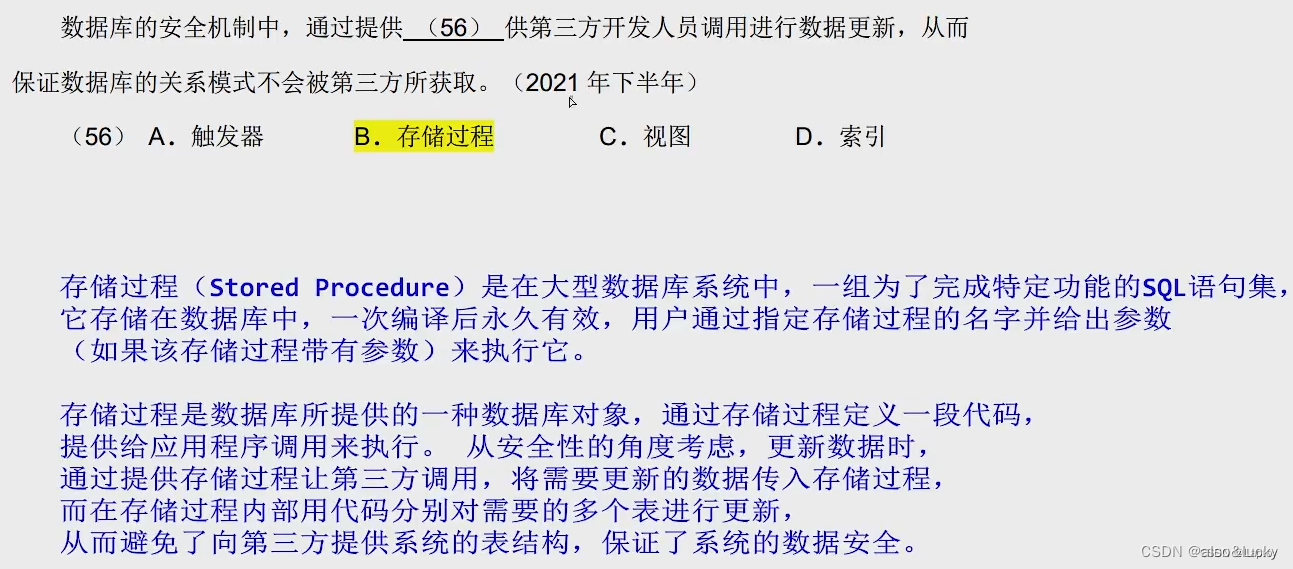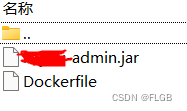NBlog部署维护流程记录(持续更新):https://blog.csdn.net/qq_43349112/article/details/136129806
为了避免服务器被攻击,给博客添加了一个MySQL数据备份功能。
此功能是配合博客写的,有些方法直接用的已有的,不会再详细展示代码。
备份大致功能步骤如下:
- 使用mysqldump备份数据(完成)
- 对备份文件进行压缩(完成)
- 压缩文件上传到OSS(完成)
- 文件清理(完成)
- 邮件通知(TODO)
- 适应化改造(TODO)
详细步骤见下文

0.备份任务主逻辑
目前暂时使用定时任务触发,以下仅为核心代码。
/**
* 定时任务,每周一凌晨四点,备份MySQL的数据
* 备份逻辑:
* 1.mysql数据备份到文件
* 2.备份文件压缩
* 3.压缩文件上传到OSS
* 4.残留文件清理
* 5.备份结果的邮件通知 //TODO
* 6.适应化改造,改成类似NBlog中的定时任务 //TODO
*/
@Scheduled(cron = "0 0 4 * * 1")
public void backUpMySQLData() {
checkDir(backupDir);
String dateFormat = simpleDateFormat.format(new Date());
String fileName = String.format("cblog-%s.sql", dateFormat);
String compressedFileName = fileName + ".zip";
String dataPath = backupDir + File.separator + fileName;
String compressedFilePath = backupDir + File.separator + compressedFileName;
try {
log.debug("mysql备份开始");
// 1.mysql数据备份
backupData(dataPath);
// 2.文件压缩
FileUtils.compressFile(dataPath, compressedFilePath);
// 3.上传到OSS
String uploadLink = UploadUtils.upload(compressedFilePath);
log.info("备份文件({})已上传至OSS({})", compressedFilePath, uploadLink);
// 4.清除残留文件
FileUtils.delFileByPath(dataPath, compressedFilePath);
} catch (IOException e) {
log.error("mysql数据备份失败");
log.error(e.getMessage());
}
}
1.mysqldump备份
通过Runtime.getRuntime().exec(xxx)执行备份命令,保存到指定路径下。
由于我的MySQL是docker部署,因此使用了docker exec命令。
命令的执行结果会比较长,日志级别建议低一些,下面用的debug级别。
需要注意exec(cmds)的参数格式,写错的话命令不会执行并且不报错,排查了半个下午。
/**
* MySQL数据备份
* @param dataPath 备份文件的保存路径
* @throws IOException
*/
private void backupData(String dataPath) throws IOException {
long start = System.currentTimeMillis();
String cmd = String.format("docker exec mysql mysqldump -u%s -p%s cblog > %s", dataSourceProperties.getUsername(), dataSourceProperties.getPassword(), dataPath);
String[] cmds = {"sh", "-c", cmd};
log.debug("欲执行命令:{}", cmd);
try (InputStream inputStream = Runtime.getRuntime().exec(cmds).getInputStream();
InputStreamReader inputStreamReader = new InputStreamReader(inputStream, StandardCharsets.UTF_8);
BufferedReader bufferedReader = new BufferedReader(inputStreamReader);) {
String line = bufferedReader.readLine();
while (line != null) {
log.debug(line);
line = bufferedReader.readLine();
}
}
long end = System.currentTimeMillis();
log.info("mysql备份命令执行成功,耗时:{}ms", end - start);
}
2.备份文件压缩
压缩成zip格式,核心代码如下:
* 压缩文件到指定路径
* @param oriFilePath 要压缩的原文件路径
* @param compressedFilePath 压缩后的文件存放路径
* @throws IOException IO异常,不在catch模块捕捉,交给调用方自行处理
*/
public static void compressFile(String oriFilePath, String compressedFilePath) throws IOException {
File file = new File(oriFilePath);
File zipFile = new File(compressedFilePath);
try (FileInputStream fileInputStream = new FileInputStream(file);
ZipOutputStream zipOutputStream = new ZipOutputStream(Files.newOutputStream(zipFile.toPath()))){
zipOutputStream.putNextEntry(new ZipEntry(file.getName()));
int temp = 0;
while ((temp = fileInputStream.read()) != -1) {
zipOutputStream.write(temp);
}
}
log.info("文件压缩完成");
}
3.上传至OSS
核心代码如下
public String upload(String filepath) throws IOException {
File file = new File(filepath);
String uploadName = aliyunProperties.getBackupPath() + "/" + file.getName();
PutObjectRequest putObjectRequest = new PutObjectRequest(aliyunProperties.getBucketName(), uploadName, file);
return uploadByOSS(putObjectRequest, uploadName);
}
private String uploadByOSS(PutObjectRequest putObjectRequest, String uploadName) throws IOException {
try {
ossClient.putObject(putObjectRequest);
return String.format("https://%s.%s/%s", aliyunProperties.getBucketName(), aliyunProperties.getEndpoint(), uploadName);
} catch (Exception e) {
throw new RuntimeException("阿里云OSS上传失败");
}
}
4.清除残留文件
上传后,备份文件和压缩文件已经无用,删除掉即可:
public static void delFileByPath(String... paths) {
if (paths == null) {
return;
}
for (String path : paths) {
File file = new File(path);
del(file);
}
}
private static void del(File file) {
String filePath = file.getAbsolutePath();
file.delete();
log.info("{}文件已清除", filePath);
}
5.邮件通知结果(TODO)
6.适应化改造(TODO)
NBlog定时任务可以在前端配置,自由修改触发时间,并且可以直接触发。
目前的暂时写死了,下周改造下。
X、测试
确定定时任务触发后,OSS能看到文件即可

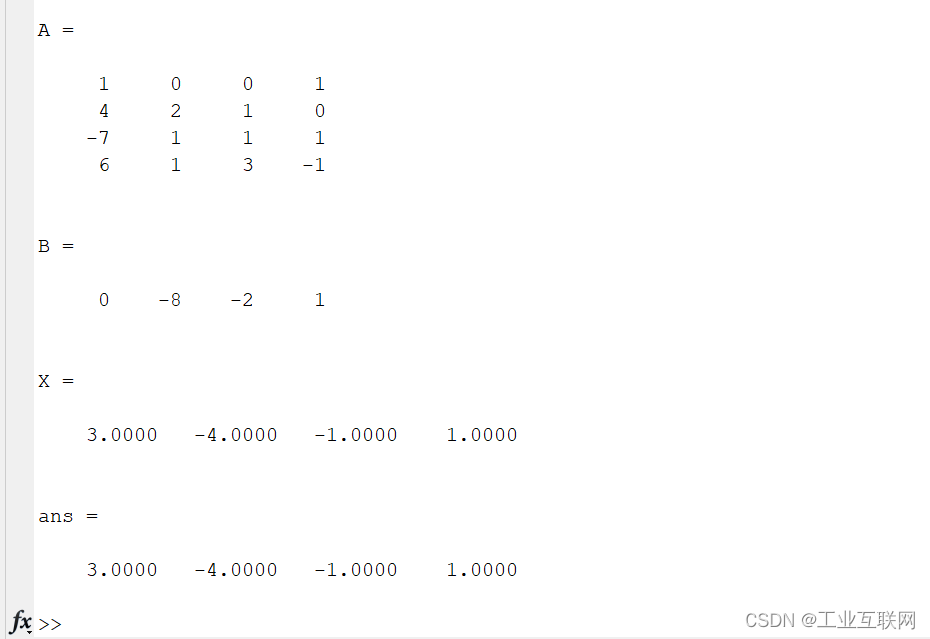

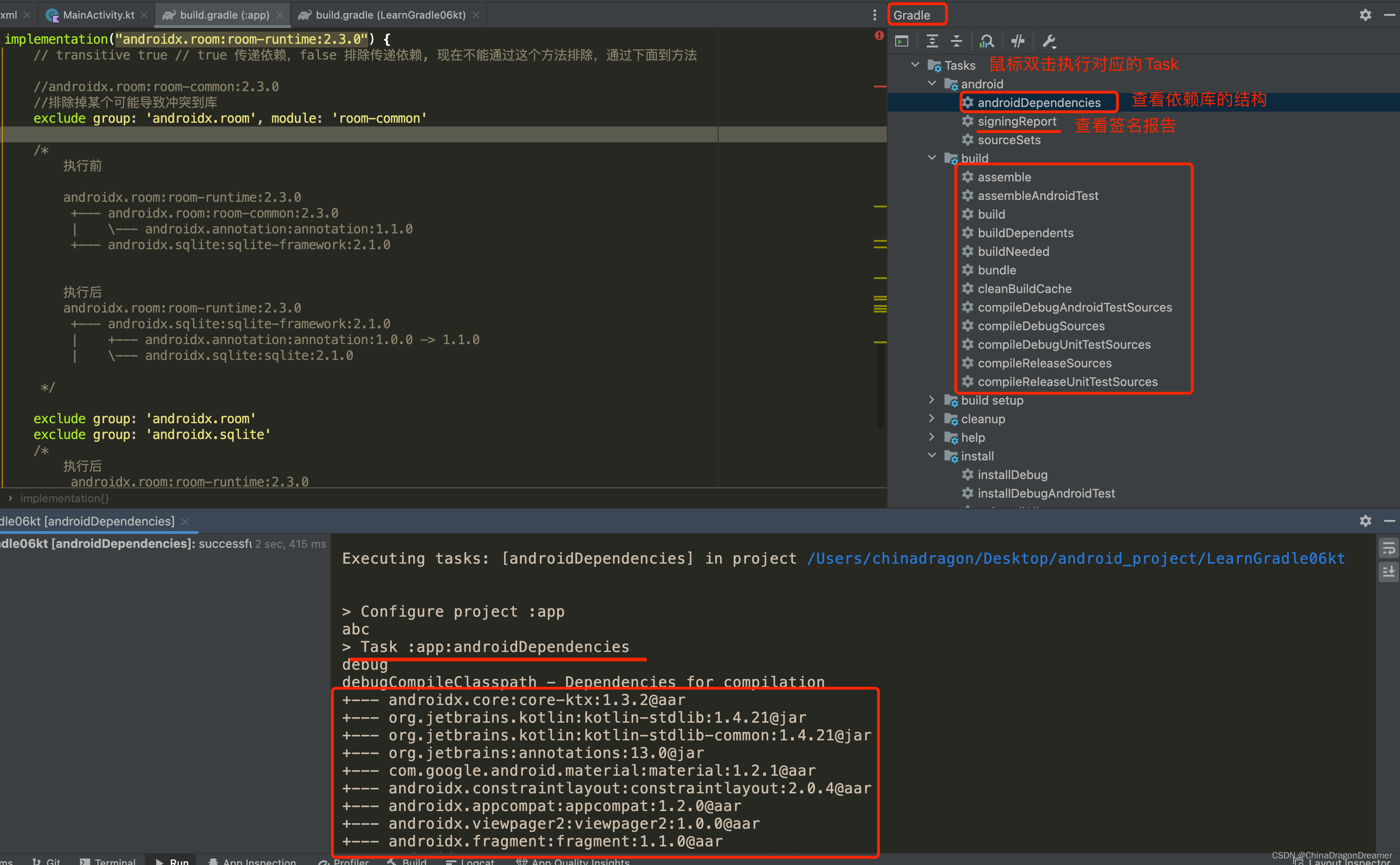
![冰岛人[天梯赛]](https://img-blog.csdnimg.cn/direct/6f8ed2f74fd648cc8112e1c31c91344d.png)

![[zdyz]FreeRTOS笔记](https://img-blog.csdnimg.cn/direct/7b64f040d3324d5a86db8fb697e04f9b.png)
![【Web】记录[长城杯 2022 高校组]b4bycoffee题目复现](https://img-blog.csdnimg.cn/direct/0a779543dee74c1eabc69aa3eb7ccf15.png)

